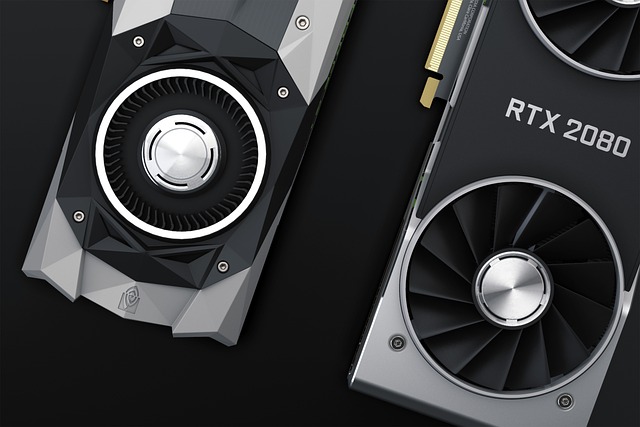Computer graphics cards, also known as graphics processing units (GPUs), are essential components in modern computers. They are responsible for rendering and displaying high-quality images and videos on your computer screen.
In this blog post, I will discuss the basics of computer graphics cards, including their history, how they work, and the different types available on the market today.
History of Graphics Cards
The first computer graphics card was introduced in the early 1970s by IBM. These early cards were known as “video display controllers” and were primarily used for business and scientific applications.
However, as technology advanced, graphics cards began to be used for gaming and other consumer applications.
In the 1990s, graphics cards began to incorporate more advanced features, such as 3D rendering capabilities. This led to a significant increase in the popularity of PC gaming, as games could now feature more realistic graphics and improved performance.
In the 2000s, graphics cards continued to evolve, with the introduction of new technologies such as shader models and support for high-definition (HD) resolution.
Today, graphics cards are an integral part of modern computers and are used in a wide variety of applications, including gaming, video editing, and scientific research.
How Graphics Cards Work
A graphics card is essentially a specialized processor that is designed specifically for handling graphics-related tasks. It contains a large number of transistors and is built on a complex architecture that is optimized for parallel processing.
When you open a program or game that uses 3D graphics, the graphics card receives the data and instructions from the CPU (central processing unit) and uses its own processing power to render the image. The final image is then sent to the computer’s display for you to see.
The amount of memory (VRAM) on a graphics card determines how much data can be processed at once, and the faster the clock speed of the card, the faster it can process the data.
Types of Graphics Cards
There are two main types of graphics cards available on the market today: dedicated and integrated.
Dedicated graphics cards, also known as discrete graphics cards, are separate components that can be installed on your computer’s motherboard. These cards have their own dedicated memory and processing power and are designed to handle the most demanding graphics-related tasks.
Integrated graphics cards, on the other hand, are built into the computer’s CPU and share memory with the system. They are not as powerful as dedicated graphics cards and are typically used in budget-friendly or low-performance computers.
When it comes to dedicated graphics cards, there are two main manufacturers: NVIDIA and AMD. Both companies offer a wide range of graphics cards for different budget and performance levels.
Conclusion
In summary, computer graphics cards are specialized processors that are responsible for rendering and displaying high-quality images and videos on your computer screen.
They have evolved significantly over the years, from the early video display controllers of the 1970s to the powerful dedicated graphics cards of today.
Whether you’re a gamer, a video editor, or a scientist, a good graphics card is an essential component for any computer that needs to handle graphics-intensive tasks.
